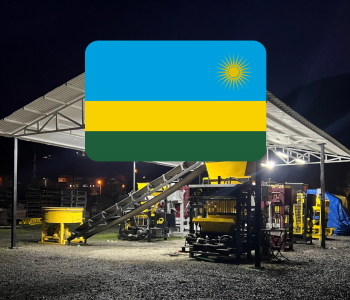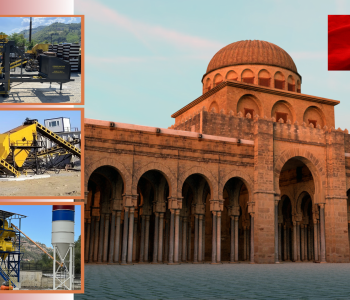Decorative Concrete Block Molds: Types, Usage, and Production Process
Decorative concrete block molds are essential for producing concrete blocks with unique textures, patterns, and colors that enhance both architectural and landscaping projects. These molds play a crucial role in creating aesthetically pleasing concrete products, which are used in various applications from residential walls to public spaces.
Production Process of Decorative Concrete Blocks
The production of decorative concrete blocks begins with the preparation of a concrete mixture, which includes cement, aggregates, and any necessary color pigments. Once the mixture is thoroughly blended, it is poured into plastic or rubber molds designed to impart specific textures or patterns. The filled molds are then placed on a vibration table, where the vibration process eliminates air bubbles and ensures the concrete fully conforms to the mold’s design. After this, the molds are transferred to a curing area, where the blocks are kept under controlled conditions to set and gain strength. Once curing is complete, the blocks are removed from the molds, inspected for quality, and are ready for use in construction or landscaping projects.
Types of Decorative Concrete Block Molds
- Textured Molds
- Description: Create blocks with surfaces that mimic natural materials like stone or brick. These molds produce highly detailed textures.
- Usage: Ideal for decorative walls, facades, and paving stones.
- Patterned Molds
- Description: Produce blocks with geometric or artistic designs ranging from simple to intricate patterns.
- Usage: Used for decorative walls, feature panels, and artistic paving.
- Architectural Molds
- Description: Create blocks with unique shapes and profiles for architectural detailing.
- Usage: Suitable for feature walls and custom architectural elements.
- Color-Infused Molds
- Description: Used with colored concrete mixtures to produce blocks with various color effects.
- Usage: Enhances aesthetic appeal in paving stones, walls, and garden features.
- Interlocking Decorative Molds
- Description: Produce blocks that fit together without mortar, often featuring decorative patterns.
- Usage: Ideal for decorative paving in driveways, walkways, and patios.
Common Usage Areas
- Landscaping
- Applications: Garden walls, edging, retaining walls, and pathways. Adds visual interest and complements landscaping designs.
- Architectural Features
- Applications: Feature walls, decorative facades, and unique design elements in buildings. Enhances architectural appeal.
- Public Spaces
- Applications: Plazas, parks, and urban areas. Provides durable and visually engaging surfaces.
- Interior Design
- Applications: Decorative interior walls, feature panels, and artistic installations. Offers flexible design options for interiors.
Advantages of Decorative Concrete Block Molds
- Aesthetic Flexibility: Offers a variety of designs, textures, and colors.
- Durability: Combines the strength of concrete with added visual appeal.
- Customization: Allows for bespoke designs tailored to specific project needs.
- Cost-Effectiveness: Provides a high-quality appearance at a lower cost than natural materials.
Conclusion
Decorative concrete block molds are vital in creating visually appealing concrete products that enhance a variety of projects. Understanding the different mold types and the production process helps in achieving high-quality results that meet both functional and aesthetic requirements.
For more information on decorative concrete block molds and their applications, visit our website or contact us for expert advice and solutions.

